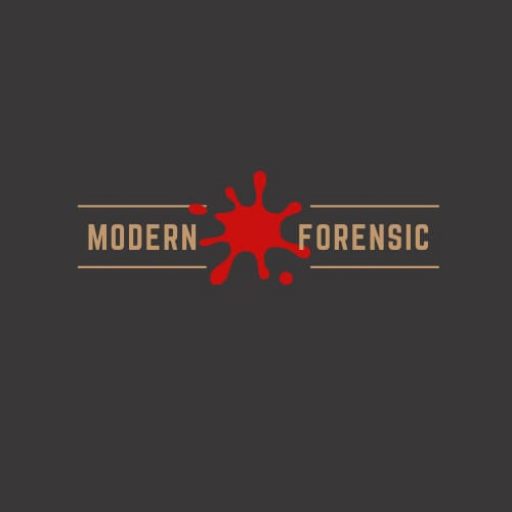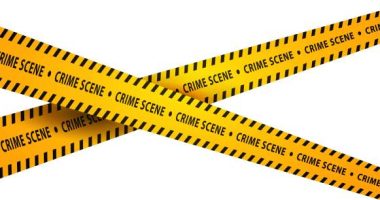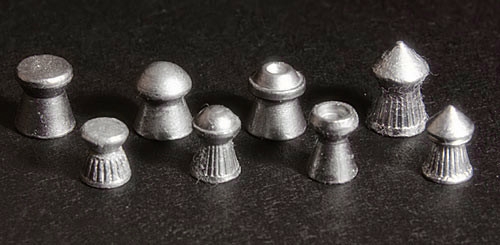1. Introduction
In police investigations, it has always been a problem to identify a wanted suspect, or missing persons or those required for the purposes of elimination from enquiries. A police officer is required to be proficient in observation and an outline to enable him.
(a) To memorise the faces and features of persons or criminals so that he can recognise them when he sees them at any time subsequently.
(b) To note down the descriptions of convicted or suspected criminals in a very manner other officers can recognise or identify them when seen by them later or heard from the description given by witnesses.
(c) To learn to recognize persons after seeing their description in criminal records or photographs.
2. Bertillon’s Portrait Parle
Alphonse Bertillon was the first one to evolve a system of describing different parts of human figure. He called this method or system Portrait Parle meaning likeness in words.
Bertillon’s Portrait Parle’ in its original form was divided into four systems as follows:
- Determination of colour (left eye, hair, beard and skin).
(2) Morphological determinations (shape, direction and size of different parts of the head).
(3) General determinations (grade of stoutness, carriage, voice, language, dress, social standing etc.)
(4) Description of indelible marks (scars, tattooings, etc.).
3. Ideal Portrait Parle’
The description based on the Bertillon’s classification involves hundreds of exact definitions and details, which was too incomprehensive for an average police officer to understand and remember. The ideal portrait parle’ should be one which enables an unknown person to be picked out from among several others of the same class and region. It is, therefore, essential not to include features, which are too common, but to look for uncommon features and those showing marked peculiarities.
For example, if the person to be described has a limp or a squint or a prominent scar on the cheek it is unnecessary to go into many details about his other features. All defects and deformities, scar, marks of wounds and disease (e.g. pock marks, leucoderma patch), tattoo marks, congenital marks such as warts and moles, peculiarities of speech (stammer, nasal tone) are important marked peculiarities.
If, however, no such marked peculiarity is found, attention should be concentrated on features which are comparatively uncommon, such as gray eyes, concave nose ridge, protruding upper lip, projecting or hairy ear, receding chin etc.
In the classification of features given below, the broad variations of each feature have been noted and the more unusual features have been given at the end of the list. If no marked peculiarity is found, it is generally enough if 5 to 6 unusual features can be located. In all descriptive rolls, the particulars of age, height, build and complexion as indicated in Part A below must be given along with some of the unusual features taken from Part-B. Personal details such as name, parentage, sex, occupation, habits etc., should be included.
In recording descriptions it is necessary to look at the individual both full face and in profile, to watch him walking and talking, and to examine his body for special marks.
DESCRIPTIVE ROLL
| General appearance PART-A | |
| 1. Height | Tall (above 5′ 10″), Medium (5′ 5″-5′ 10″), Short (below 5′ 5″), Abnormalities like giant or dwarf. |
| 2. Build | Fat, Strong built, Medium, Thin, Abnormalities like hunchback, stooping, pot-bellied etc |
| 3. Skin complexion | Fair, Wheat, Brown, Black, Marks of diseases like smallpox, Leprosy, leucoderma patch etc. |
| 4. Age | If the age cannot be approximated, then it may be indicated as follows Youth, Adult, Middle aged, Old. |
For more updates, subscribe to our blog.
PART-B
Facial Characteristics
In a normal human figure, the height may be divided into seven parts the normal adult head is one-seventh;
chin to naval makes two-seventh;
naval to knee is two-seventh and
knee to heel is again two-seventh.
The distance from the root of the hair to the chin in a normal face may again be sub-divided into three sections. From the root of the hair.
| 1. Face | Shape: Peculiarities: | · Oval · Round · Square · Long · Prominent Cheek · Bones · Prominent Jaws · Flabby Cheeks · Sunken Cheeks |
| 2. Head | Shape | · Round · High in Crown · Flat in Crown · Flat in Back |
| 3. Hair | Size Color Shape | · Short · Long · Black · Brown · Grey(Partly/whole) · Straight · Curly · Bald(Partly/wholly, front/rear) |
| 4.Forehead | Height Width Slope Peculiarities | · Low · High · Narrow · Broad · Vertical · Receding · Bulging · Wrinkles |
| 5.Eyebrows | Shape Peculiarities | · Arched · Straight · Joined · Bushy · Thin · Almost Missing |
| 6. Eyes | Size Color Shape Peculiarities | · Small · Large · Black · Grey · Blue · Brown · Straight · Slanting · Sunken · Bulging · One-eyed · Blood shot · Squint |
| 7. Nose | Length Projection Width Ridge Tip Nostrils | · Large · Small · Large · Small · Narrow · Broad · Straight · Convex · Concave · Pointed · Bulbous · Large |
| 8. Ears | Size Shape Position Lobe Peculiarities | · Large · Small · Round · Square · Rectangular · Oval · Triangular · Set Close to head · Protruding out · Projecting low · Projecting high · Square · Descending · Gulfed · Hairy · Pointed Top Bored |
| 9. Mouth | Size Shape | · Large · Small · Straight · Corners turned up Or · Turned down |
| 10. Lips | Position Thickness Peculiarities | · Parted Lips · Protruding Lips · Over Hanging Upper Lips · Protruding Lower Lips · Thick · Thin · Hare Lip |
| 11. Teeth | Size Color Peculiarities | · Large · Small · White ·Discolored · Missing · Broken · False teeth |
| 12. Chin | Slope Size Peculiarities | · Jutting · Receding · Pointed · Square · Double · Dimpled ·Cleft |
| 13. Neck | Size Peculiarities | · Long · Short · Thin · Thick · Prominent Adam‟s Apple |








